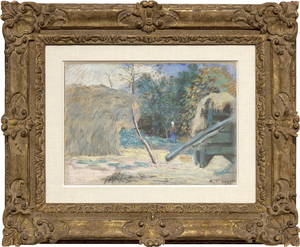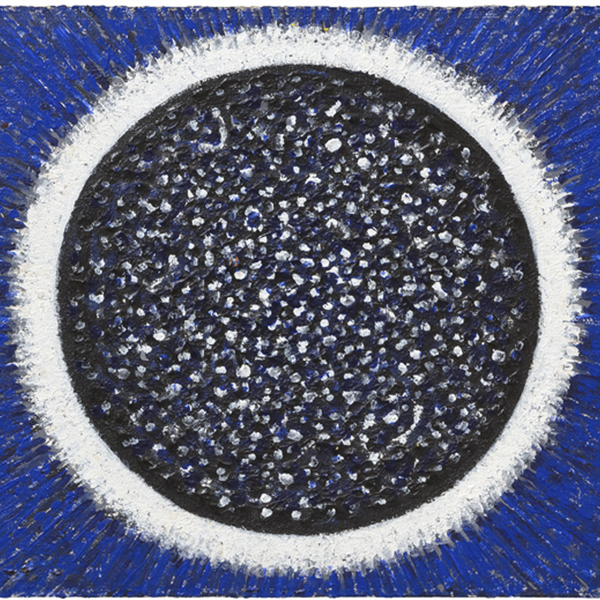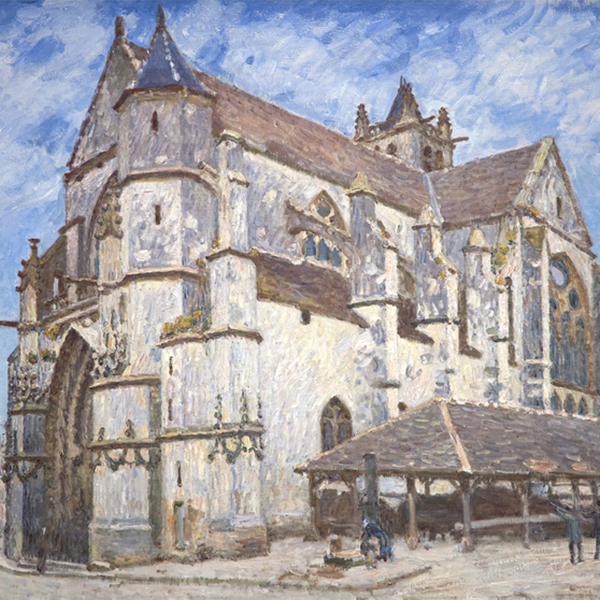CAMILLE PISSARRO (1830-1903)
 Camille Pissarro was born on July 10th 1830 on the Caribbean Island of St. Thomas. He lived in St. Thomas until age twelve, when his parents sent him to boarding school in Paris. He returned to St. Thomas after school at began to draw in his free time. He was particularly attracted to themes of political anarchy. In 1852, he traveled to Venezuela with the Danish artist Fritz Melbye and in 1855 Pissarro returned to Paris, where he studied at different schools, including the Ecole de Beaux Arts and the Academie Suisse. It was during these years that he studied under Gustave Courbet, who is considered Pissarro’s earliest and most important influence. In the catalogues of the Salons of 1864 and 1865, Pissarro would list himself as Courbet’s pupil.
Camille Pissarro was born on July 10th 1830 on the Caribbean Island of St. Thomas. He lived in St. Thomas until age twelve, when his parents sent him to boarding school in Paris. He returned to St. Thomas after school at began to draw in his free time. He was particularly attracted to themes of political anarchy. In 1852, he traveled to Venezuela with the Danish artist Fritz Melbye and in 1855 Pissarro returned to Paris, where he studied at different schools, including the Ecole de Beaux Arts and the Academie Suisse. It was during these years that he studied under Gustave Courbet, who is considered Pissarro’s earliest and most important influence. In the catalogues of the Salons of 1864 and 1865, Pissarro would list himself as Courbet’s pupil.
Pissarro’s early works are characterized by broadly painted (sometimes with a palette knife) naturalism, influenced by Courbet, yet with an incipient Impressionist palette. At the end of the 1860’s he moved to Louveciennes, where he worked in close proximity to Claude Monet, Pierre Auguste Renoir and Alfred Sisley. It was here that he began to revise his technique, giving color a more dominating role in his expression of nature and employing smaller patches of paint.
Pissarro married Julie Vellay who was a maid in his mother’s house. In 1870, the Pissarro’s fled their home in Louveciennes due to the Franco-Prussian War (when he would return a year later, he would find that Prussian soldiers had destroyed his home as well as many of his paintings). Initially a fellow artist, Montfoucault, took in the Pissarros but they ended up taking refuge in London. In London, he met Paul Derand-Ruel, the Parisian art dealer, who would become his ardent supporter. Pissarro returned to France and settled in Pontoise, where he received young artists seeking advice, including Paul Cezanne and Paul Gauguin. In 1874, he took part in the first Impressionist exhibition. Pissarro, along with Edgar Degas, was the only artist to show at all eight of the Impressionist exhibitions.
In 1885, Pissarro opened himself up to new influences, meeting with the younger generation, most notable Paul Signac and Georges Seurat, who were experimenting with Divisionist techniques. Pissarro investigated Pointillism, which he deemed "scientific Impressionism" but returned to pure Impressionism. In the last years of his life Pissarro experienced eye trouble, which forced him to abandon his outdoor painting. Yet he continued to work in his studio until his death in Paris on November 13, 1903.
Pissarro lived long enough to see the start of Impressionist fame, yet during his lifetime he sold relatively few paintings. He was revered by post-impressionists, such as Cezanne and Gauguin, who would both referred to him as their "master". Pissarro is known as the Father of Impressionism and played a primary role in the development of Impressionist technique.



